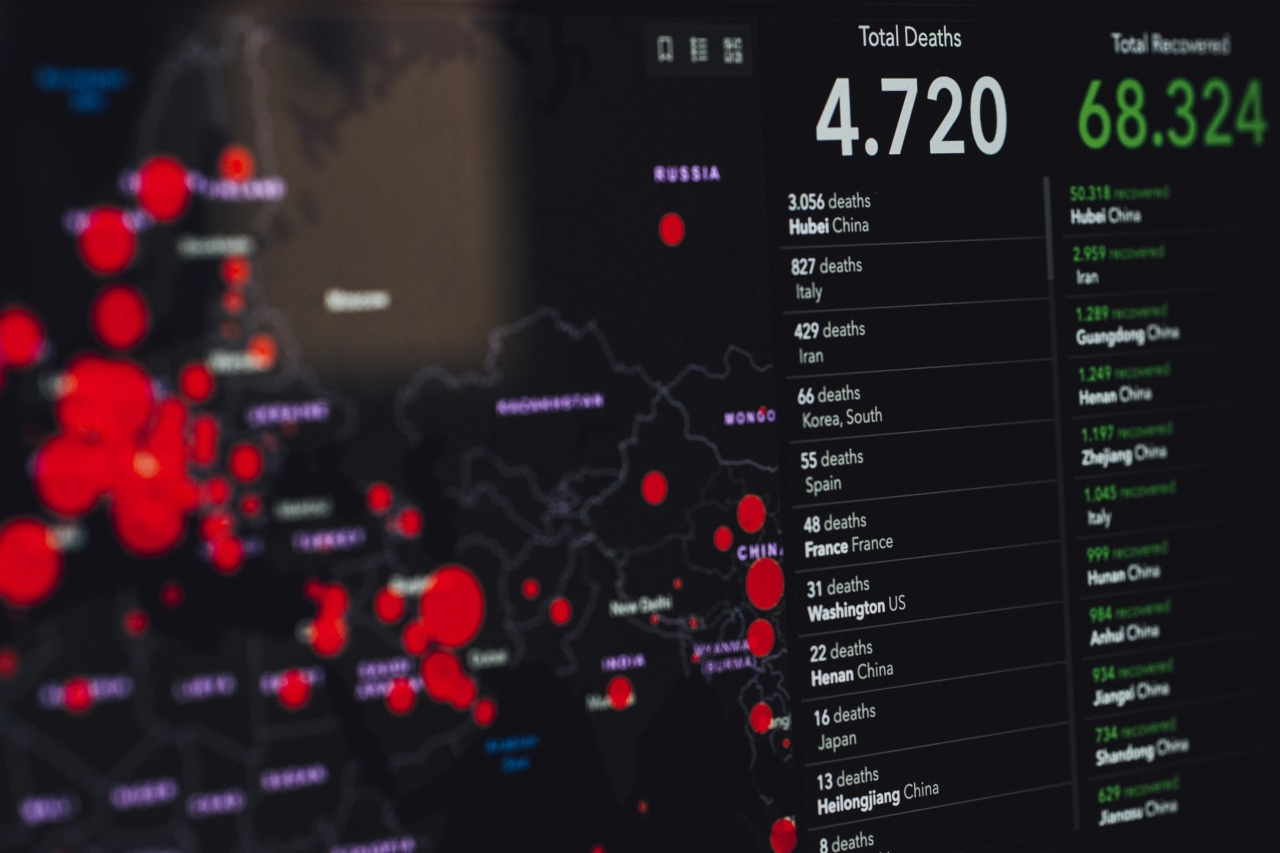A new virus outbreak has been reported in China, causing concern among health officials and the public. The virus, named ‘Langya’, has so far infected over 200 people in the country, and has been linked to at least two deaths.
The outbreak comes as China is still grappling with the COVID-19 pandemic and is causing alarm among authorities and the general public.
What is the Langya virus?
The Langya virus is a newly discovered virus that is believed to have originated in China.
According to health officials, the virus belongs to the category of Bunyaviridae viruses, which includes several known viruses that can cause severe illness in humans. The virus is primarily transmitted through contact with infected animals, although human-to-human transmission has also been reported.
How did the outbreak start?
The exact origins of the Langya virus are still unclear, but health officials believe that it may have originated from contact with infected animals, particularly rodents.
The first cases of the virus were reported in early September in the city of Beijing, but the outbreak has since spread to several other regions in China.
What are the symptoms?
The symptoms of the Langya virus are similar to those of other viral illnesses, such as the flu. The most common symptoms include fever, cough, body aches, and fatigue.
Some patients may also develop more severe symptoms, such as pneumonia and respiratory failure. It is still unclear how severe the illness caused by the Langya virus can be, but health officials are closely monitoring the situation.
How is it being treated?
There is currently no specific treatment or vaccine for the Langya virus. Patients are being treated with supportive care, such as fluids, rest, and medications to alleviate symptoms.
The Chinese government has set up quarantine zones and isolation facilities to contain the spread of the virus, and health officials are working to identify and monitor individuals who may have been exposed to the virus.
Should people be concerned?
The outbreak of the Langya virus is still in its early stages, and health officials are working to contain the spread of the virus.
However, given the severity of the COVID-19 pandemic, the emergence of another virus outbreak is causing concern among authorities and the general public. Health officials are urging people to take precautions to protect themselves, such as washing hands frequently, wearing masks, and avoiding contact with sick individuals.
What is being done to stop the spread of the virus?
The Chinese government has implemented several measures to contain the spread of the Langya virus. The government has set up quarantine zones and isolation facilities, and has begun a mass testing campaign in affected areas.
Health officials are also working to trace and monitor individuals who may have been exposed to the virus. Additionally, the government has issued travel restrictions and is advising the public to avoid large gatherings and unnecessary travel.
What can people do to protect themselves?
As with any viral illness, there are several steps people can take to protect themselves from the Langya virus.
These include washing hands frequently, wearing masks in public, avoiding close contact with sick individuals, and staying home if you feel unwell. Additionally, individuals who have recently traveled to affected areas should monitor their health closely and seek medical attention if they experience any symptoms of the virus.
Conclusion
The outbreak of the Langya virus in China is a worrying development, particularly in light of the ongoing COVID-19 pandemic.
Health officials are working to contain the spread of the virus and prevent further infections, but it is still too early to determine the full extent of the outbreak. People should take precautions to protect themselves and monitor the situation closely as more information becomes available.






























